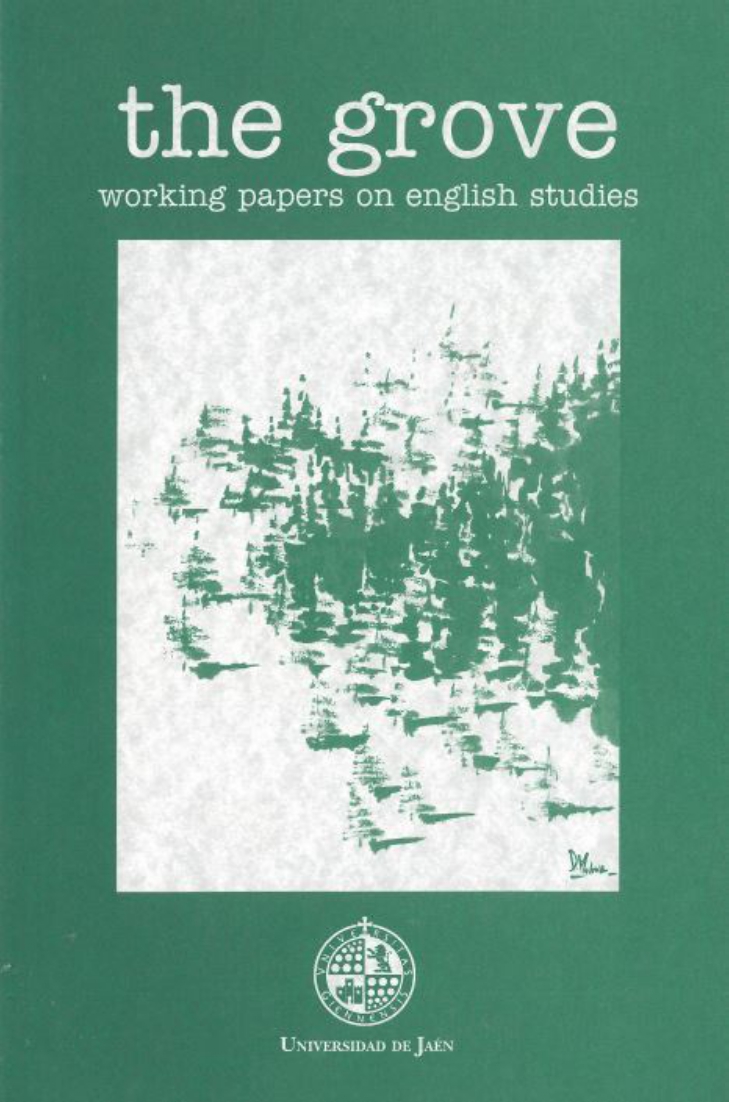The Post-Postmodern Turn: Challenging the Application of Kuhn's Model
Keywords:
Thomas S. Kuhn, paradigm shift, postmodernism, Jürgen Habermas, unfinished project of modernity, post-postmodernismAbstract
The point of departure for this article is the much-debated death of postmodernism, heralded by influential experts on the subject such as Linda Hutcheon or Ihab Hassan at the beginning of the new millennium. Although the academic community as a whole has not agreed with this fact, there was an intense debate during the first years of the twenty-first century that was evidence of a change of attitude towards this cultural phase. With this in mind, the aim of this study is to provide a theoretical framework for the change in order to understand its nature. Analysing the theories developed by Thomas S. Kuhn on paradigm shifts in the field of science and applying them to the context of critical theory at the beginning of the millennium serves to challenge the very idea of postmodernism as a paradigm in the terms developed in Kuhn’s The Structure of Scientific Revolutions.
Downloads
References
Bloom, Harold. The Anxiety of Influence: A Theory of Poetry. Oxford: Oxford UP, 1973.
Bourriaud, Nicolas. Altermodern: Tate Triennial. London: Tate Publishing, 2009.
---. “Performatism, or the End of Postmodernism”. Anthropoetics 6.2 (2000-2001). http://anthropoetics.ucla.edu/ap0602/perform/. Accessed 10 February 2020.
Fukuyama, Francis. “The End of History?” The National Interest 16 (Summer 1989): 3-18.
---. “The Future of History: Can Liberal Democracy Survive the Decline of the Middle Class?” Foreign Affairs January/February 2012.
Habermas, Jürgen. “Modernity versus Postmodernity.” Trans. Seyla Ben-Habib. New German Critique 22 (1981): 3-14. DOI: https://doi.org/10.2307/487859
Hafner, Everett M. “The New Reality in Art and Science.” Comparative Studies in Society and History 11.04 (1969): 385-397. DOI: https://doi.org/10.1017/S0010417500005442
Harrison, Charles, and Paul J. Wood. Eds. Art in Theory 1900-2000: An Anthology of Changing Ideas. Malden, MA: Blackwell, 2004.
Hassan, Ihab. “Beyond Postmodernism: Toward an Aesthetic of Trust.” Beyond Postmodernism: Reassessments in Literature, Theory, and Culture. Ed. Klaus Stierstorfer. New York, NY: Walter de Gruyter, 2003. 199-212. DOI: https://doi.org/10.1515/9783110906813.199
Hutcheon, Linda. “Postmodern Afterthoughts.” Wascana Review 37.1 (2002): 5-12.
Jameson, Fredric. Foreword. The Postmodern Condition: A Report on Knowledge, by Jean-François Lyotard. Translated by Geoff Bennington and Brian Massumi. Manchester: Manchester UP, 1984. vii-xxi.
Janos, Andrew C. Politics and Paradigms: Changing Theories of Change in Social Science. Stanford, CA: Stanford UP, 1986.
Jencks, Charles. The New Paradigm in Architecture: The Language of Post-Modernism. New Haven, CT: Yale UP, 2002. DOI: https://doi.org/10.1002/ad.534
---. Critical Modernism: Where Is Post-Modernism Going? Chichester: Wiley, 2007.
Jones, Caroline A. “The Modernist Paradigm: The Artworld and Thomas Kuhn.” Critical Inquiry 26.3 (2000): 488-528. DOI: https://doi.org/10.1086/448976
Kirby, Alan. Digimodernism: How New Technologies Dismantle the Postmodern and Reconfigure Our Culture. London: Continuum, 2009.
Kuhn, Thomas S. The Structure of Scientific Revolutions. Chicago, IL: U of Chicago P, 1969.
---. “Comment.” Comparative Studies in Society and History 11.04 (1969): 403-412. DOI: https://doi.org/10.1017/S0010417500005466
Lipovetsky, Gilles. Hypermodern Times. Trans. Andrew Brown. Cambridge: Polity, 2005.
Lyotard, Jean-François. The Postmodern Condition: A Report on Knowledge. Trans. Geoff Bennington and Brian Massumi. Manchester: Manchester UP, 1984. DOI: https://doi.org/10.2307/1772278
Marcum, James A. Thomas Kuhn’s Revolution: A Historical and an Evolutionary Philosophy of Science? London: Continuum, 2005.
McGrath, Francis C. The Sensible Spirit: Walter Pater and the Modernist Paradigm. Tampa, FL: U of South Florida P, 1986.
Nealon, Jeffrey T. Post-Postmodernism or, the Cultural Logic of Just-in-Time Capitalism. Stanford, CA: Stanford UP, 2012. DOI: https://doi.org/10.1515/9780804783217
Ramsden, Mel. “On practice.” The Fox 1 (1975): 66-83.
Schakel, Peter J. Imagination and the Arts in C. S. Lewis: Journeying to Narnia and Other Worlds. Columbia, MO: U of Missouri P, 2002.
Timmer, Nicoline. Do You Feel It Too?: The Post-Postmodern Syndrome in American Fiction at the Turn of the Millennium. Amsterdam: Rodopi, 2010. DOI: https://doi.org/10.1163/9789042029316
Turner, Tom. City as Landscape: A Post-Postmodern View of Design and Planning. London: Taylor & Francis, 1996.
Vázquez García, Francisco. “La postmodernidad filosófica y el valor de la alteridad en los estudios históricos.” Revista de Filosofía 22 (1997): 73-95.
Vermeulen, Timotheus, and Robin van den Akker. “Notes on Metamodernism.” Journal of Aesthetics & Culture 2.0 (2010). Web. 12 Mar. 2020 <https://www.tandfonline.com/doi/full/10.3402/jac.v2i0.5677>. DOI: https://doi.org/10.3402/jac.v2i0.5677
Wheale, Nigel. The Postmodern Arts: An Introductory Reader. London: Routledge, 1995.
Wittgenstein, Ludwig. Philosophical Investigations. Trans. G. E. M. Anscombe. Oxford: Blackwell, 1986.
---. Tractatus Logico-Philosophicus. Trans. D. F. Pears and B. F. McGuinness. London: Routledge, 2002. DOI: https://doi.org/10.4324/9780203010341
Downloads
Published
How to Cite
Issue
Section
License
Copyright (c) 2021 Jesús Bolaño Quintero

This work is licensed under a Creative Commons Attribution-ShareAlike 4.0 International License.
Authors who publish with this journal agree to retain copyright and grant the journal right of first publication with the work simultaneously licensed under a Creative Commons Attribution License that allows others to share the work with an acknowledgement of the work's authorship and initial publication in this journal. Also, authors will retain the rights on their work, even if they will be granting The Grove. Working Papers on English Studies a non-exclusive right of use to reproduce, edit, distribute, publicly communicate and show their work. Therefore, authors are free to engage in additional, independent contracts for non-exclusive distribution of the works published in this journal (such as uploading them to an institutional repository or publishing them in a book), as long as the fact that the manuscripts were first published in this journal is acknowledged.
















